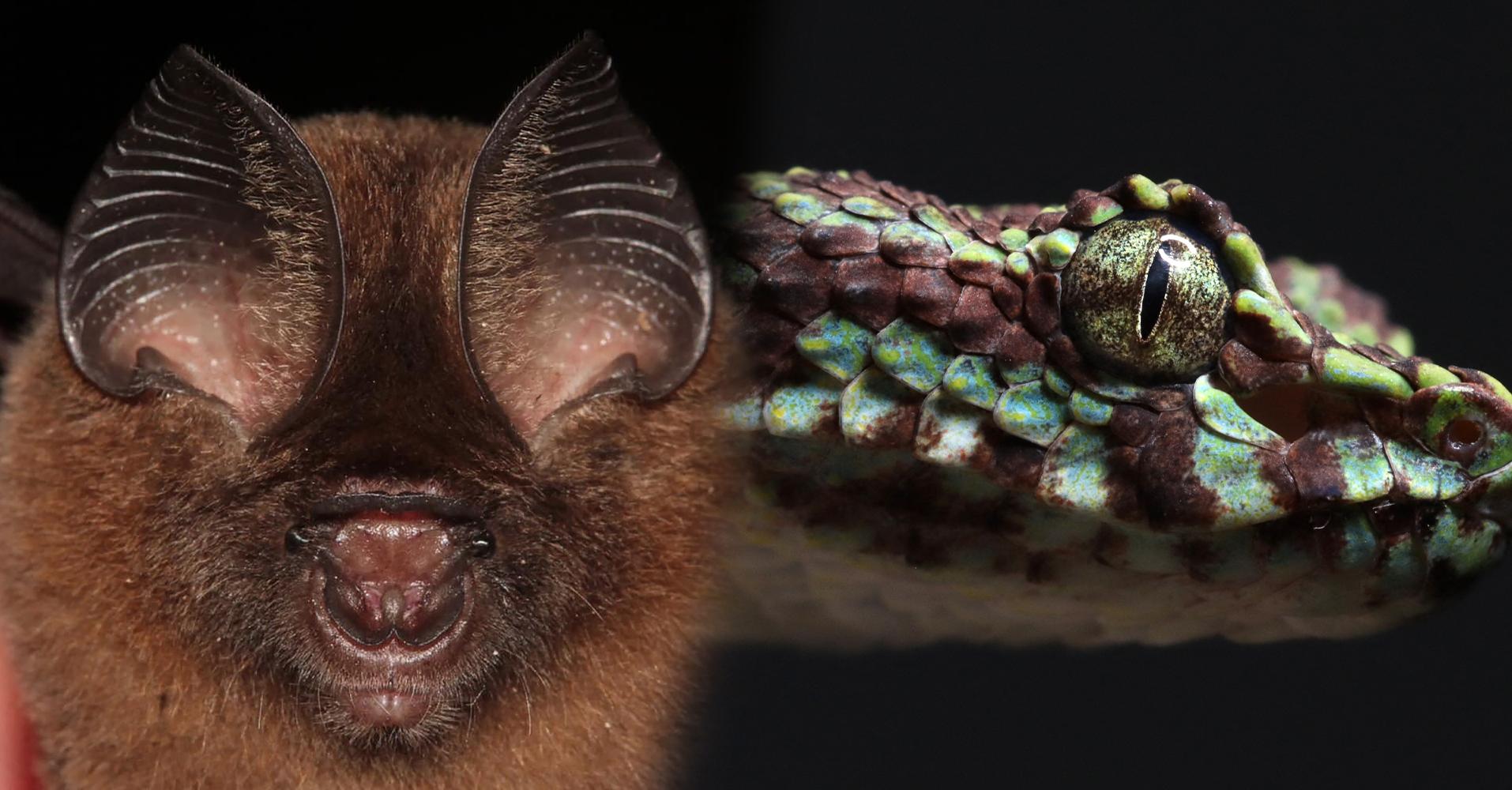
Agence France-Presse
A viper with scales that look like eyelashes and a leaf-nosed bat are among dozens of new species identified in Southeast Asia’s Mekong region last year, World Wildlife Fund (WWF) said Monday.
The environmental group regularly publishes a list of newly discovered flora and fauna in the region to highlight the area’s biodiversity but also the risks it faces.
“The region is still a fertile ground for scientific exploration,” WWF said, warning that “many species are likely to go extinct before they are even discovered” because of mostly human-linked pressures, including deforestation and the wildlife trade.
The Greater Mekong, which comprises Cambodia, Laos, Myanmar, Thailand, and Vietnam, is a well-known biodiversity hotspot, home to tigers, elephants, and dolphins.
In all, 234 new species of vertebrates and vascular plants—a category that excludes mosses, algae and fungus—were identified in the region in 2023.
Some were located in remote natural habitats, while others were identified from specimens preserved in natural history museums and botanical gardens across the world.
Among them is an Asian pit viper whose chocolate-brown and mint-green scales give it the appearance of eyelashes around its eyes, WWF said.
Found in limestone formations in a Thai national park, it has been named the limestone eyelash pit viper as a result of its distinctive habitat and markings.
Similarly striking is a bat that weighs in at between five and seven grams and features a distinctive leaf-shaped nose, used for echolocation. It was documented in Thailand but is also found in Malaysia, WWF said.
Around half of all the new species were found in Vietnam, with 106 endemic to the country, the highest number of any nation in the Greater Mekong region.
Among them is a new species of gymnure—furry members of the hedgehog family—and a snake found at 2,600 metres on Mount Fansipan in northern Vietnam by two porters from the Hmong ethnic minority.
Scientists are concerned that the forest where the snake was found is being degraded by the collection of fuelwood for the tourism industry and by livestock grazing.
“It may also be vulnerable to climate change, since species restricted to high elevations have little opportunity to move to higher ground as their habitat gets warmer,” the report warned.
